|
|
|
Hansen's Northwest Native Plant Database |
|
|
|
|
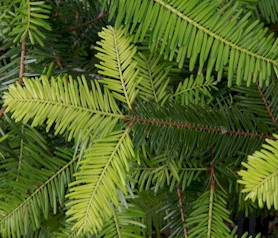 |
||||||||||||||||||||||||||||
|
Stately and beautiful, this is every bit a grand species, prized for its use as an ornamental and timber tree. This evergreen is found in two regions: the Pacific coast from British Columbia to California, and in the interior, from Alberta to Idaho. Hardy to USDA zone 6, this species is found most commonly at low elevations on north-facing slopes. It indicates and often dominates moist habitats and is shade tolerant. |
|||||||||||||||||||||||||||||
|
|
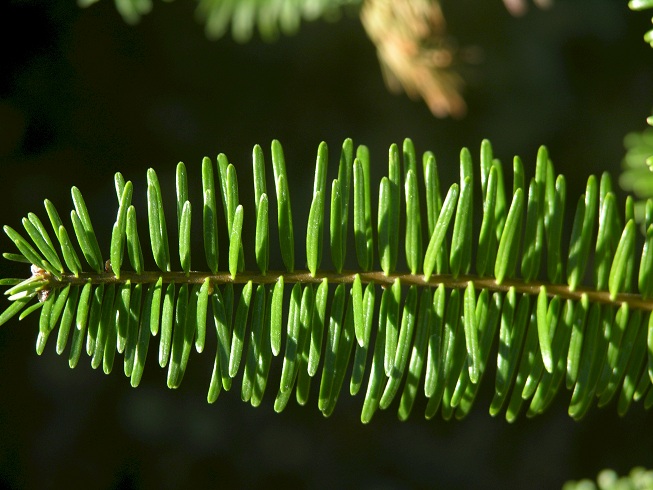 |
Fastest growing of all fir species, this one can grow as much as 3’ in one year. At full maturity, the Grand Fir may reach heights of 200.’ The branches are low and abundant, with dark green to bright green, glossy needles. New growth needles are lighter green. The tree gives off a slight citrus scent. The Grand Fir has gained popularity as a winter holiday tree in recent years and makes a fine display before being planted out. The range of this native tree is shown in the graph far left. Abies grandis subsp. grandis in green and subsp. idahoensis in blue. Uses of Grand Fir: In addition to being a perfectly beautiful landscape plant, Grand Fir has been used in numerous ways since long before explorers made their way to the western shores of North America. |
|||||||||||||||||||||||||||
|
As adventurers arrived, original inhabitants of the northwest shared their centuries-old knowledge of this species with those who came a-calling. Some of Abies grandis earliest uses:
|
|||||||||||||||||||||||||||||
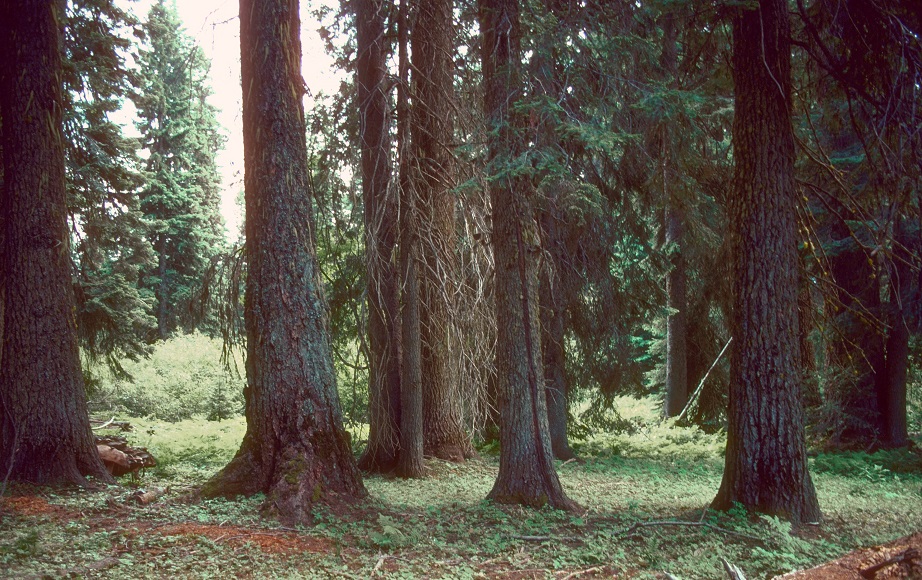
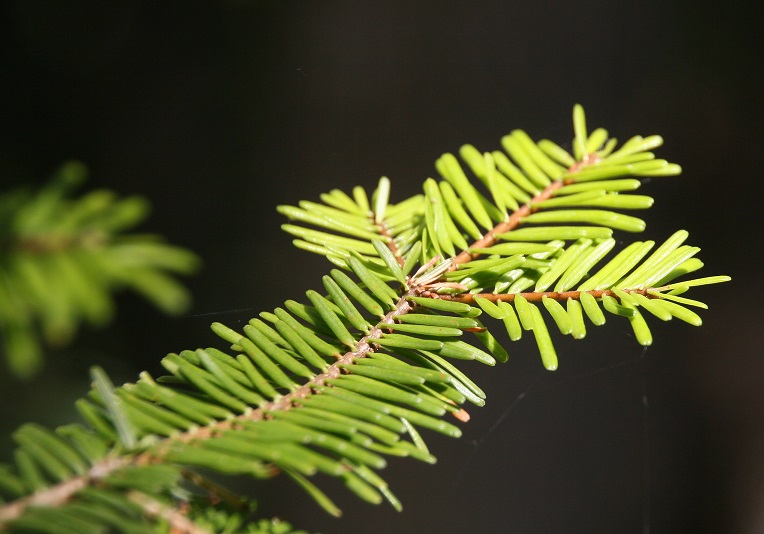
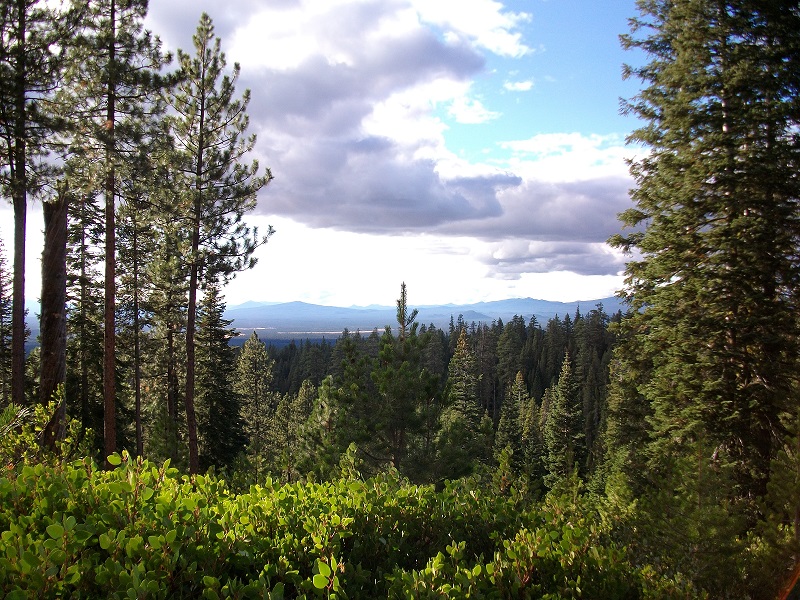 Photo credit, left: Dave Powell, USDA Forest Service; right: Neptunerover |
|||||||||||||||||||||||||||||
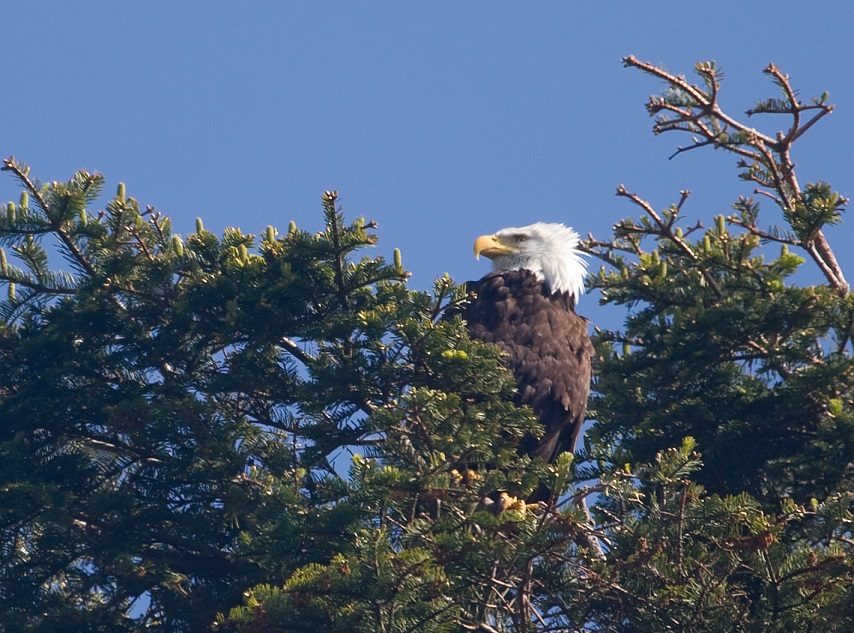
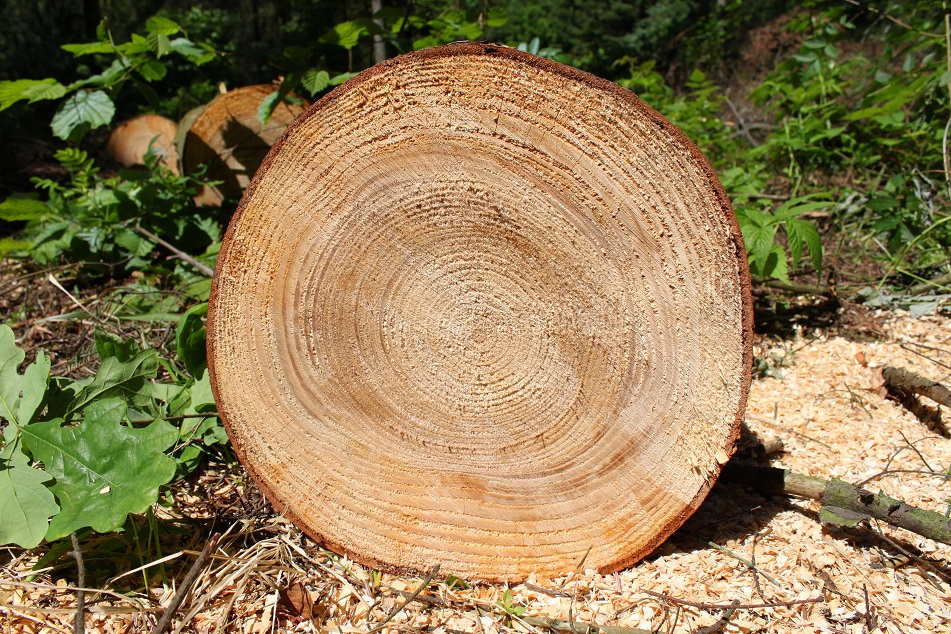
 Photo credit-left: Bald Eagle (Haliaeetus leucocephalus) in Grand Fir; center: Crusier, cross section; right: Crusier _TheHighFinSpermWhale_The_Eagle's_Nest |
|||||||||||||||||||||||||||||
|
In particular, Kwakwaka'wakw shamans wove Grand Fir branches into headdresses and costumes and used the branches for scrubbing individuals in purification rites. The Hesquiat tribes used branches as incense and decorative clothing for wolf dancers. Some interior tribes such as the Okanogan, also made canoes from its bark. Pitch was applied to bows for a secure grip and rubbed on paddles and scorched for a good finish. Photo credit: Dave Powell, USDA Forest Service, United States |
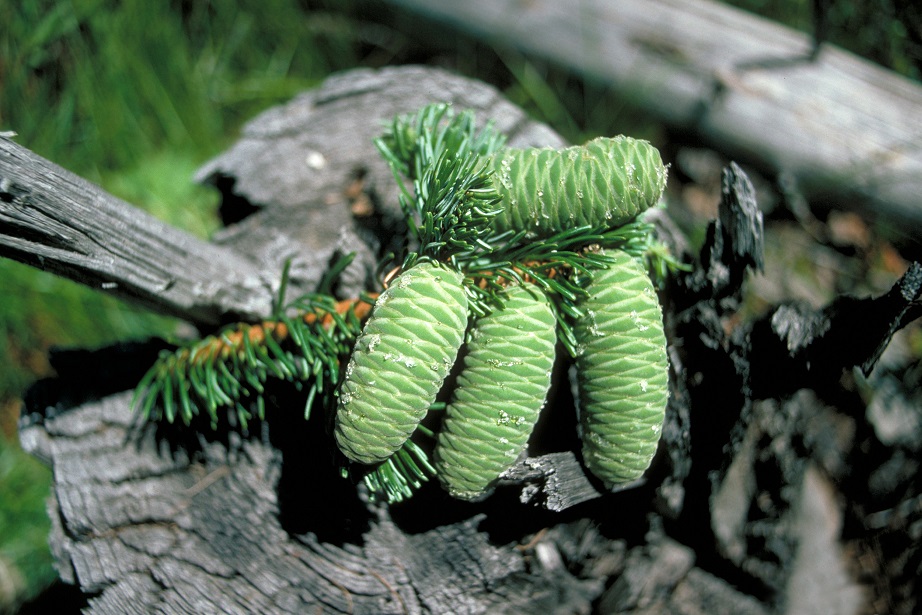 |
||||||||||||||||||||||||||||
|
A brown dye from its bark was used in making baskets by the Straits Salish tribe, along with a pink dye made by mixing the brown dye with red ochre. Knots were shaped, steamed and carved into halibut hooks by several coastal tribes. Grand Fir bark, sometimes mixed with stinging nettles, was boiled and the concoction used for bathing and as a general tonic. The Lushoot tribe boiled needles to make a medicinal tea for colds. |
|||||||||||||||||||||||||||||
|
The Ditidaht sometimes brought boughs inside as a air freshener and burned them as an incense and to make a purifying smoke to ward off illnesses. These people also crushed and mixed the bark of grand fir, red alder and western hemlock and made an infusion that was rank for internal injuries. The Hesquiat mixed the pitch of young trees with oil and rubbed it on the scalp as a deodorant and to prevent balding. Although many of us have little desire to build a canoe or carve our own fish hooks, preparing dyes from natural materials is often done by those interested in crafts as is making baskets. And few would deny the pleasant aroma of a few freshly cut sprigs of this aromatic tree. For a short comparison of northwest native firs, click here. |
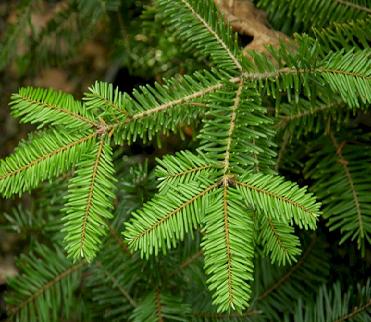 |
||||||||||||||||||||||||||||
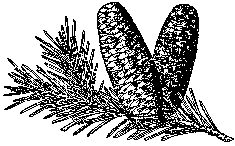
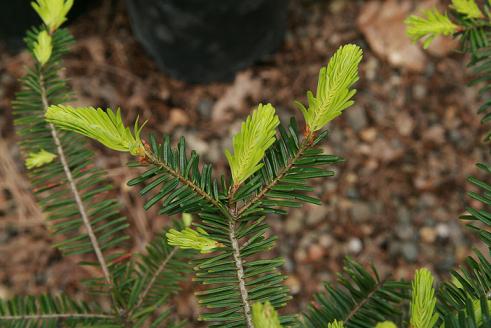
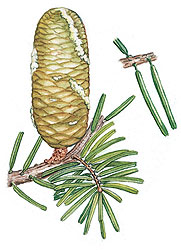 76
76 |
|||||||||||||||||||||||||||||
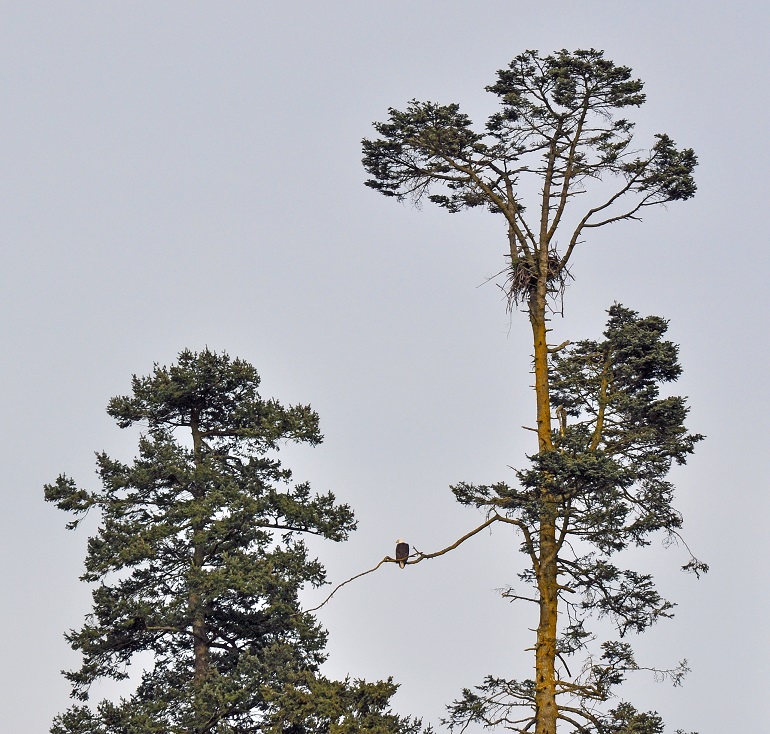 |
Well-planned Eagle's Nest Convenient guarding perch provided by Grand Fir. The tree has been Photo credit: The High Fin Sperm Whale |
||||||||||||||||||||||||||||
|
Photos We Share!
|
|||||||||||||||||||||||||||||
|